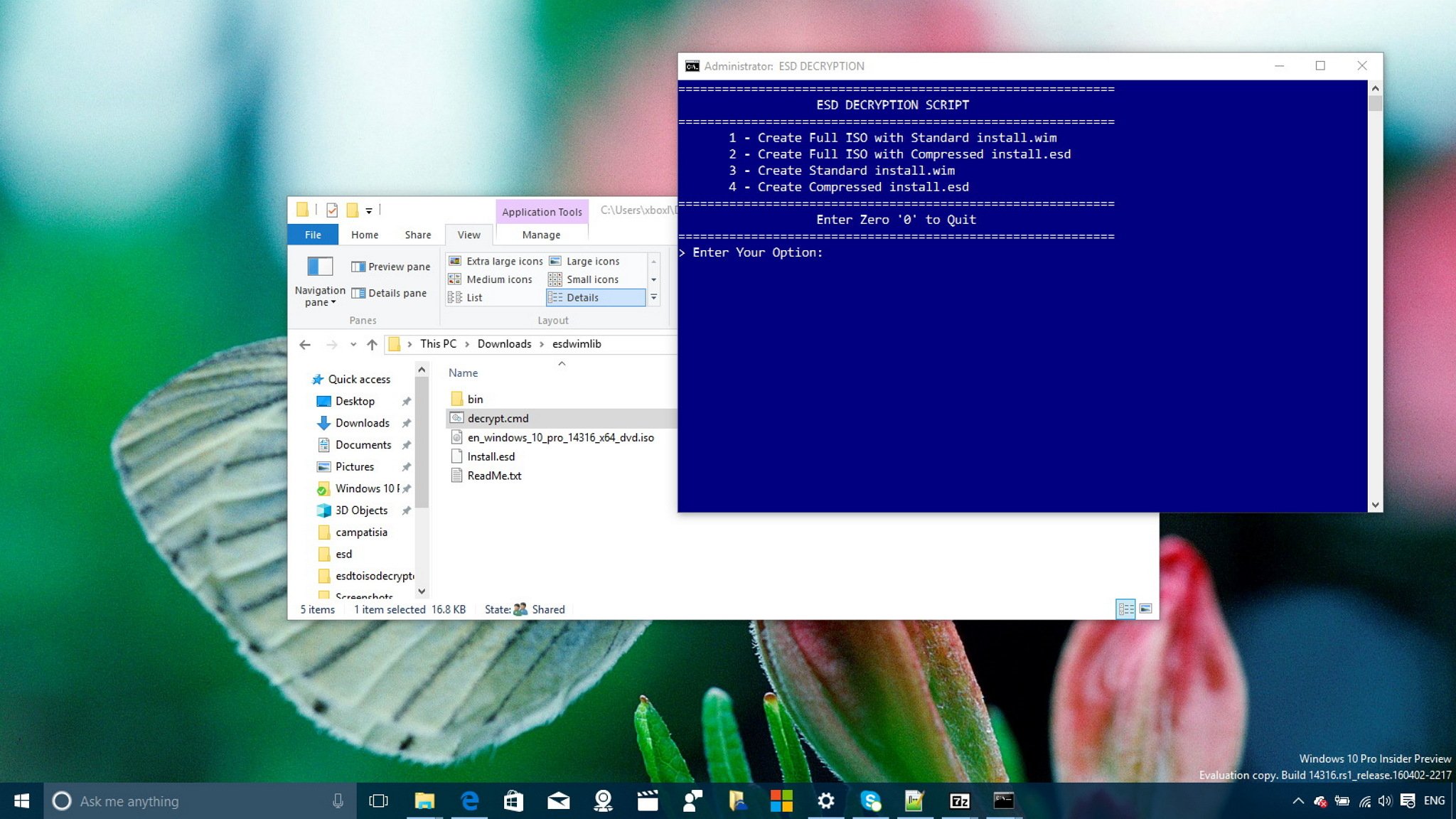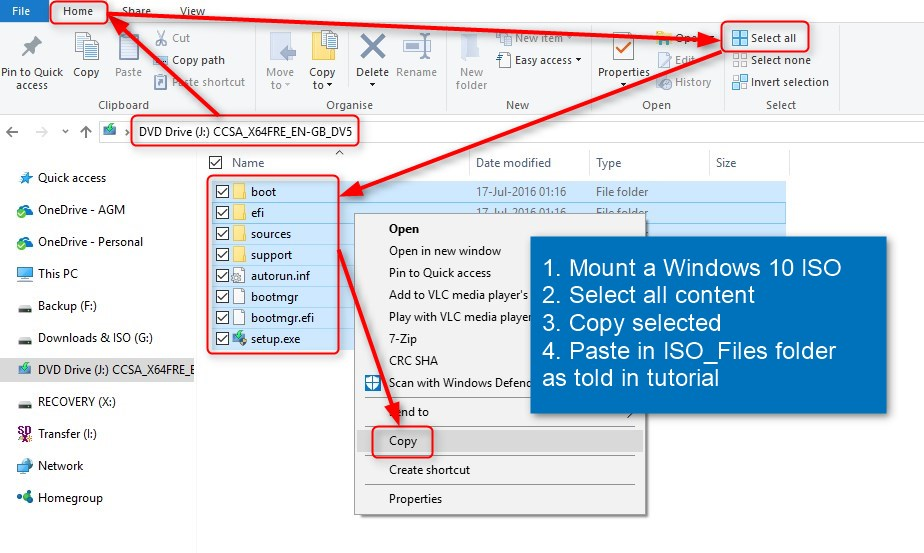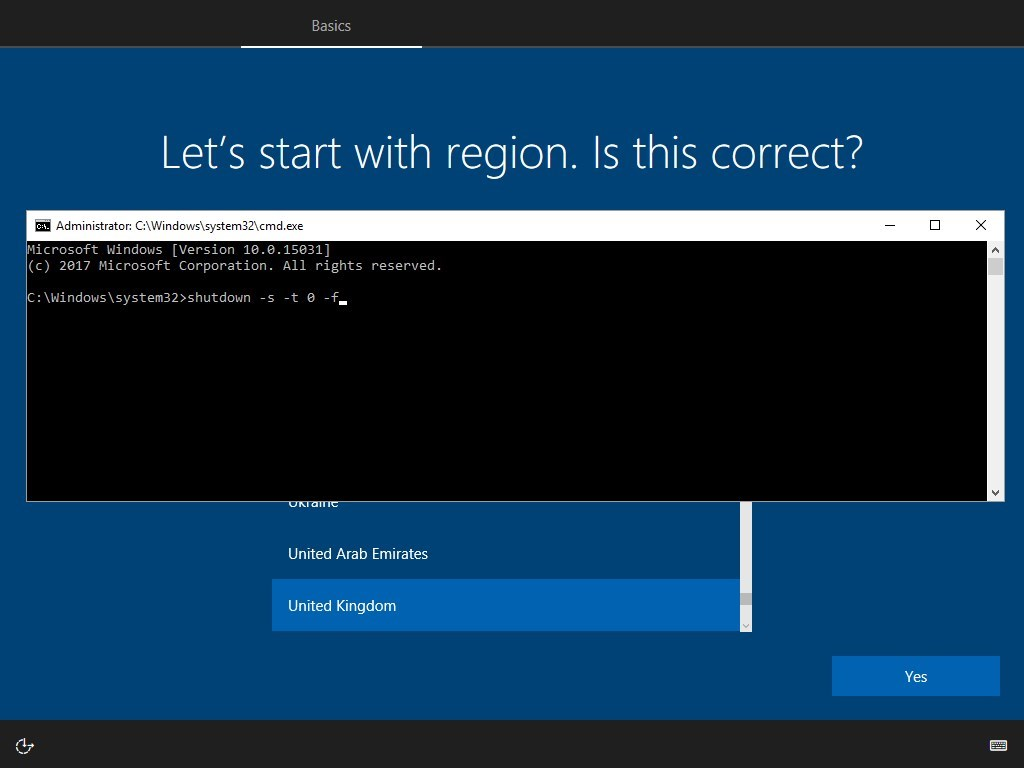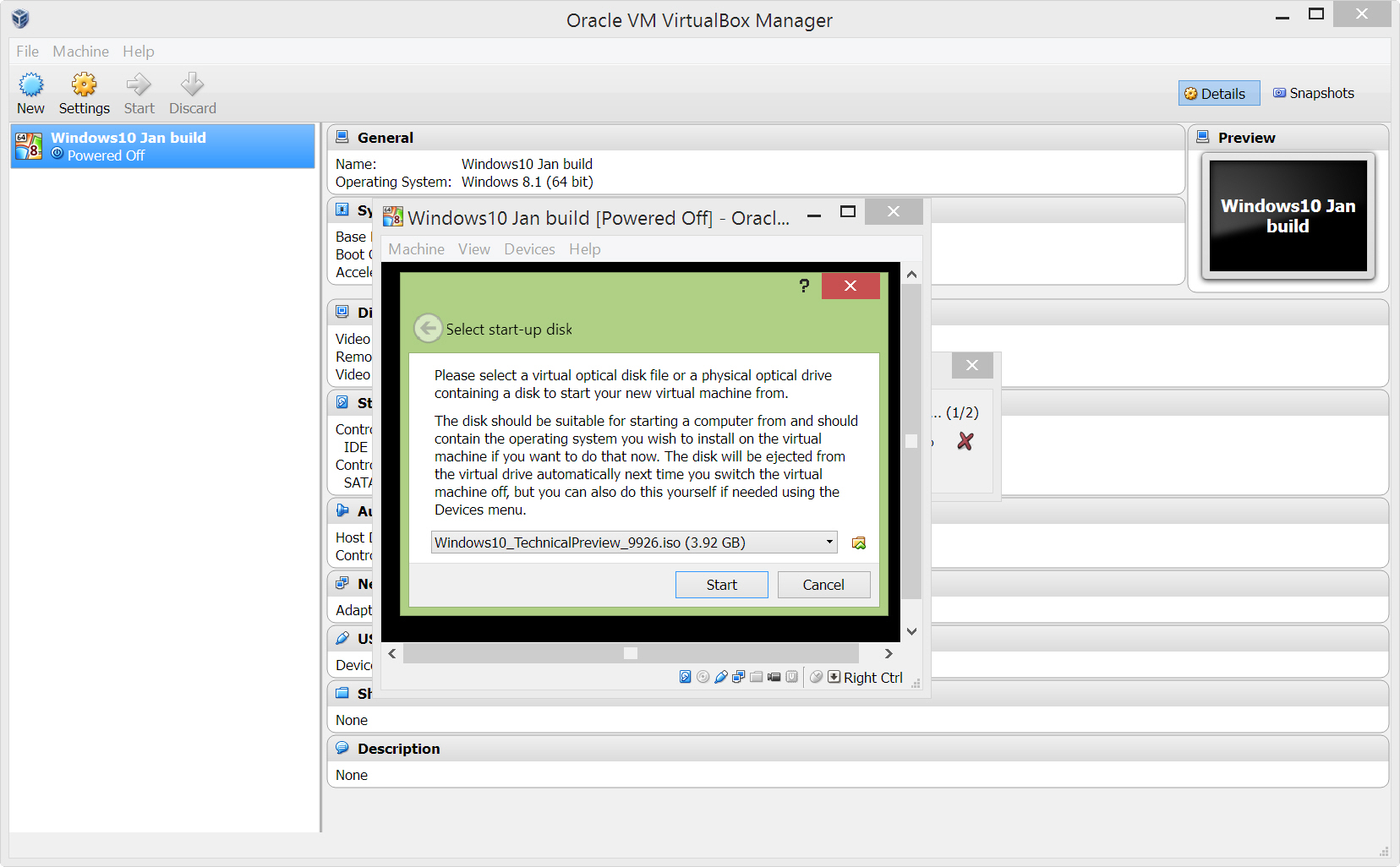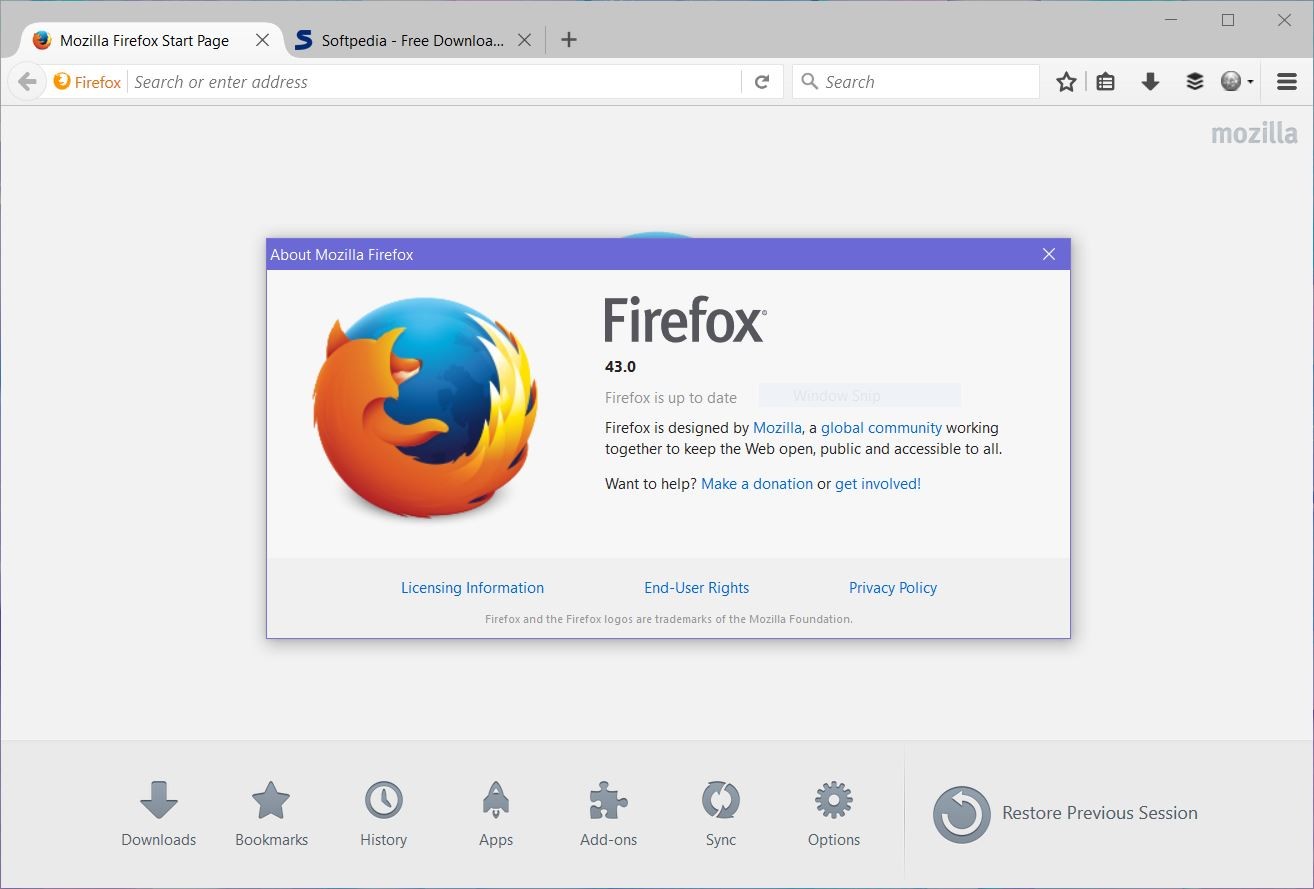Microsoft rollout the latest windows 11 as a free upgrade for eligible Windows 10 devices. This post shows students and new users steps to create a Windows 11 ISO file for unsupported hardware. The official Windows 11 will not installed on PCs that do not meet its straight requirements. Navigate to the downloaded Windows 11 ISO file, and select it. Your final Rufus screen should look something like this.
Compared with Rufus, the upcoming method can be a perfect one. EaseUS Win11Builder completely solved the problem for all inexperienced Windows users who are unable to find and download an official Windows 11 ISO file. A Windows 11 ISO image lets you clean install Windows 11 on your computer.
ISO files are disk images to create bootable USB drives and discs. They are also used to boot a virtual machine. An ISO file is simply a file format that contains the files that otherwise would be available on physical media, such as a disc or USB flash drive. ISO files are disk images that are used to install operating systems. You can download the Windows 11 ISO from the Microsoft website and use it to perform an in-place upgrade. To do so, you're going to need a USB to create a bootable USB installation drive.
Alternatively, if you don't have a usable USB, you can virtually mount the ISO using a tool like DAEMON Tools Lite. On Windows 11 , a clean installation refers to the process of erasing the hard drive and applying a fresh copy of the OS without custom settings, drivers, apps, or files. Typically, this is the recommended approach to upgrade to the latest version of Windows 11 on compatible hardware to prevent installation issues and fix existing problems. Once you complete the steps, the image file will download to the computer, and you can use it to create a bootable media or install the OS on a virtual machine. In addition, you can use a PowerShell command to verify the image integrity. We have selected the correct update for you.
After downloading, put the contents of the archive in a folder, then run the uup_download_windows.cmd file. If all goes well after a good 30 minutes or so, you should find your .iso file in the previously created folder. You can then use the Rufus utility, balena Etcher or any other software to create a bootable USB drive and install the Windows 11 beta on your test machine. Starting with the release of Windows 11, the Media Creation Tool no longer includes an option to perform a clean installation or in-place upgrade. You can only use the tool to create a bootable media to perform an installation using a USB flash drive or ISO file. Microsoft supports multiple ways to clean install Windows 11, including using a USB flash drive to set up the OS on an SSD (Solid-State Drive).
It's also possible to use the "Reset this PC" feature to quickly wipe out the hard drive and reinstall the OS without additional tools. Or, if the device does not start, you can use the Advanced startup options or mount the ISO file to File Explorer to start a clean install. Actually installing Windows 11 is a very simple process.
Once you have created installation media, you can simply launch the setup file in your flash drive, then click through the installing process. Once the installation process is finished, you'll be running Windows 11. If you want to do it this way, it's pretty much the same as having an ISO file.
When you create your virtual machine, VMware Workstation Player asks for the location and name of your installer disc image file. Browse to and select your downloaded Windows 11 ISO file. Click Next and then follow the steps to set up the VM and install Windows 11. Download the ISO to create a bootable installation media , create a virtual machine, or simply mount the disk image to install Windows 11.
The rest of the process is just like any regular old bootable USB installation. Attach the USB drive to the system you want to upgrade to Windows 11, and boot it up. You can now boot into the Windows 11 bootable USB by bringing up your Boot device menu by pressing the boot options key specific to your system.
It's usually the Delete key or one of the function keys. You can look up the key binding specific to your system. Once the boot device menu shows up, select the USB drive, and follow the Windows 11 installation setup. If you want to have a backup of Windows 11 installation files or plan to install the OS on a virtual machine, you need to get the ISO file. An ISO is a file format that stores the contents of a physical disk (CD, DVD, or Blu-ray). Alternatively, you can try and use the USB drive as a bootable installation drive.
However, this is where things get even more complicated, due to Windows 11 requiring Secure Boot, and the USB drive we just created not being compatible with that feature. The option is available to reinstall Windows 11 when the local image is not working, or you do not want to use the same installation settings provided by the manufacturer. Also, if the device was using a custom image from the manufacturer, the new installation won't include the custom settings, drivers, or tools. Once you complete the steps, the clean installation process will begin, similar to using the Media Creation Tools or USB flash drive to upgrade the system.
Then go to device manager and create another drive just one. Now you have one system recovery or reversed drive and sec C drive. Then run win nt set choose iso selection, by search, select location boot drive, and format. Select installation drive and format. Choose your windows 11 pro or another version, and hit setup.
Before you can begin your install, you need to get a Windows 11 ISO file. Whichever way you choose, you will use your Windows 11 ISO file to create a bootable install USB Flash drive or install Windows 11 in a virtual machine. You can even get away with skipping the product key so you can run the new operating system completely for free . In the previous post, we discussed how to create a Windows bootable drive with Rufus, a free and open-source application for installing Microsoft Windows. It's like to image a bootable ISO file to an external USB device, but the premise is that you've downloaded the ISO file by yourself. First make sure you have a full backup of your data since will be installing on top of the existing data.
You can download the Windows 10 media from the Windows 10 .iso download site and then set the computer to boot from the flash drive. Windows 11 is available now, but only as an upgrade to the Windows 10 users. Therefore, many users want to know how to install Windows 11 fresh installation without any product key. Our installation method not only helps you bypass the Windows Insider Program, but also allows you to perform clean installation of Windows 11. The following methods need a Windows 11 ISO file to work.
The only difference is that the feature will download the installation files from the Microsoft server. The recovery settings offer another method to start fresh with a clean copy of Windows 11. Unlike the Media Creation Tool, bootable flash drive, and ISO file options, you can only use this method to reinstall Windows 11 on a computer already running the same OS. Double-click the ISO file, run the setup file, and you're good to go. However, if you want to perform a clean install or format your PC, you may need to create a bootable USB drive.
You can do that using the ISO you've already downloaded. For that, you'll need an empty USB Flash drive that's at least 8GB. In addition to RAM, you'll also have to create a virtual hard disk.
The virtual hard disk is where you'll store files and apps on your virtual machine. Click theCreate button and chooseVDI and then chooseNext. To get started, visit the Oracle Virtualbox website and download the app. Oracle Virtualbox is free, and there's no fee involved. Just click theWindows hostsoption and allow your PC to download the program. When finished, navigate to the file and launch it.
If you're on a Mac or Linux machine, be sure to choose the MacOS or Linux downloads. The steps for installing Windows on a Virtual Machine would be the same. Installing Windows 11 itself is a very simple process. Once you've created the installation media, you can simply run the installation file on your flash drive and then walk through the installation process. Once the installation process is complete, you will start Windows 11.
How Do I Install Windows 11 From An Iso File I upgraded from windows 10 to windows 11 in an unsupported device and it upgraded successfully and working absolutely fine. Now I am unable to have video calls and camera option is not showing in device manager. Also camera access is allowed in privacy and security settings. I wanted to know the solution for this.
I also searched for camera drivers but I couldn't find. Is this happening to me or people who followed the same method. Here are the videos that I followed. The Windows 11 Media Creation Tool does not provide the supported storage drivers for computer models with Tiger Lake memory configurations. If you are installing Windows 11 from a USB flash drive at startup , this issue stops the installation process before you choose a Windows installation hard drive. Once you complete the steps, the recovery feature will continue with the reinstallation using the locally available image of Windows 11.
If you have a computer from HP, Dell, Acer, or another brand, this process will restore the original settings. This means the factory settings, drivers, applications, and tools the manufacturer included in the custom image. Also, this type of installation is the best method to upgrade from an older version, such as Windows 7 or Windows 8.1. In addition, you can use this option to delete annoying bloatware that came preloaded with the default setup. Once all the files are downloaded, the ISO file should be created automatically. Press 0 on your keyboard to close the command prompt window and look in the setup files folder from step 1.
What you need is a Windows 11 ISO file you can boot from and use for a clean install or an in-place upgrade. Fortunately, there are a few ways to get one. First, you can download a Windows 11 ISO directly from Microsoft. Finally, you can use Aveyo's open-source Universal MediaCreationTool to create an ISO that bypasses WIndows 11's TPM requirement. Windows 11 ISO file is now officially available at Microsoft's software-download section.
Alternatively, you may also get the new operating system iso image directly via the tool – Rufus. In this tutorial, we will present a complete guideline on how to download Windows 11 OS, make it bootable using both Media Creation Tool or Rufus. And finally, you can download a disk image for either bootable media or a virtual machine install. Although Windows 11 haven't been installed on your target computer yet, but trust us the difficult part of this installation method is over. As mentioned before, Microsoft has only provided access to Windows 11 in the Windows Insiders program to upgrade to Windows 10. Therefore, to successfully complete the clean installation of Windows 11 we will have to follow a three step method.
If you're in any of those boats , you'll be after a Windows 11 ISO file that will let you do a clean install of Windows 11. Thankfully it's not too hard to download and install this if you know what you're doing, so here's our guide for installing the Windows 11 ISO. Once it's downloaded, double-click the ISO file and run thesetup file inside.If you want to create USB installation media, check the section below. Users who already possess the version of Windows 10 on their devices can directly update the system to Windows 11. You can do this by visiting the official website of Microsoft and simply installing the update.
The users otherwise can follow the steps detailed below. You can download Windows 11 Disk Image using the official media creation tool or from the official Microsoft site. Also here we have direct download links to download the windows 11 English US ISO files. If you want ISO files in any other language, please comment below with the Language and we will provide direct download links within 24 hours.
In the next window, leave the options "Install Windows 11" and "Keep personal files and apps" checked. If you want to clean install, uncheck both options. It will erase the Windows 10 drive (Usually "C" drive).
To install the required drivers for Windows 11, navigate to the "Bootcamp" folder in the bootable Windows 11 USB drive. Launch setup.exe from the Boot Camp folder and proceed with the installation. When the installation is complete, restart your device. With its Media Creation Tool, Microsoft makes it easy to create installaltion media. However, if you have a Windows 11 ISO image ready, you can use Rufus or the Command Prompt to create a Windows 11 bootable USB drive quickly. You can use the same to clean install Windows 11 on a new PC, troubleshoot your Windows computer or dual boot Windows 10 with Windows 11.
When the Your USB flash drive is ready message appears, click the Finish button to close the setup wizard. Now you can boot from the USB drive to troubleshoot or clean install Windows 11. There is also a method to grab the installation files and turn them into a disk image for manual installation.
It is the UUP dump site which allows such manipulation. To do this, it retrieves the necessary files directly from the Windows Update servers in order to create a disk image. All that remains is to move it to a bootable USB key. As mentioned above, I figured out this method by some experience I have with creating bootable Windows 10 USB installation media on macOS. A few days back I found out this can be used to get around the hardware check of the installation. Hence I also gave this a try on a regular PC, with success.
Windows 11 has been released and comes with some new hardware requirements like the need for TPM 2.0 and secure boot. Also, some older processors are no longer supported even though they should be perfectly capable of running the OS. In case your system does not meet one of these requirements, you will not be able to install Windows 11 in a supported way. As I worked on overcoming these requirements for installation of Windows 11 on Mac, with success. I figured the same method would just work fine on a PC as well. This post covers how to work around the hardware requirements check and install Windows 11 on a system that does not meet these requirements.










